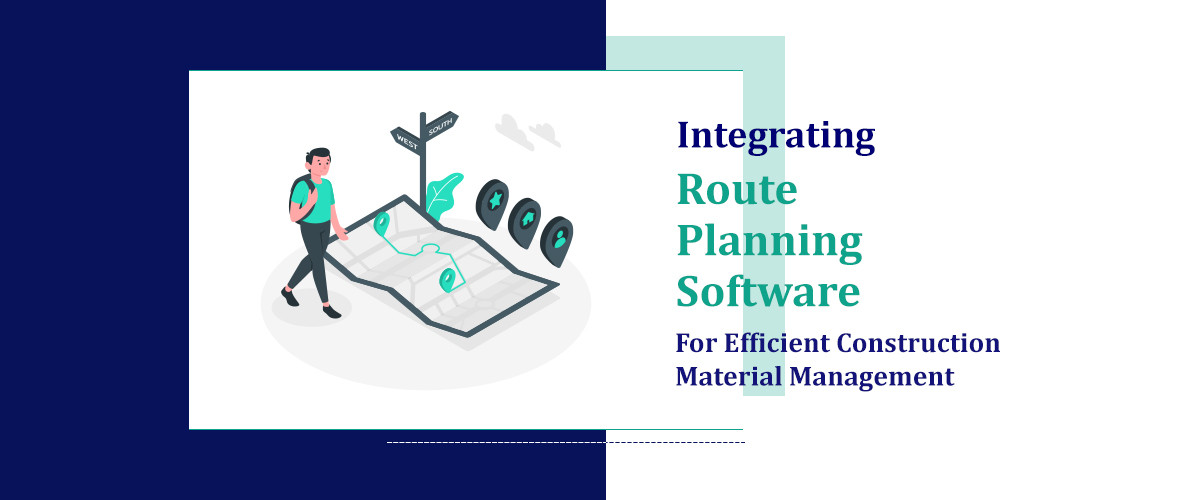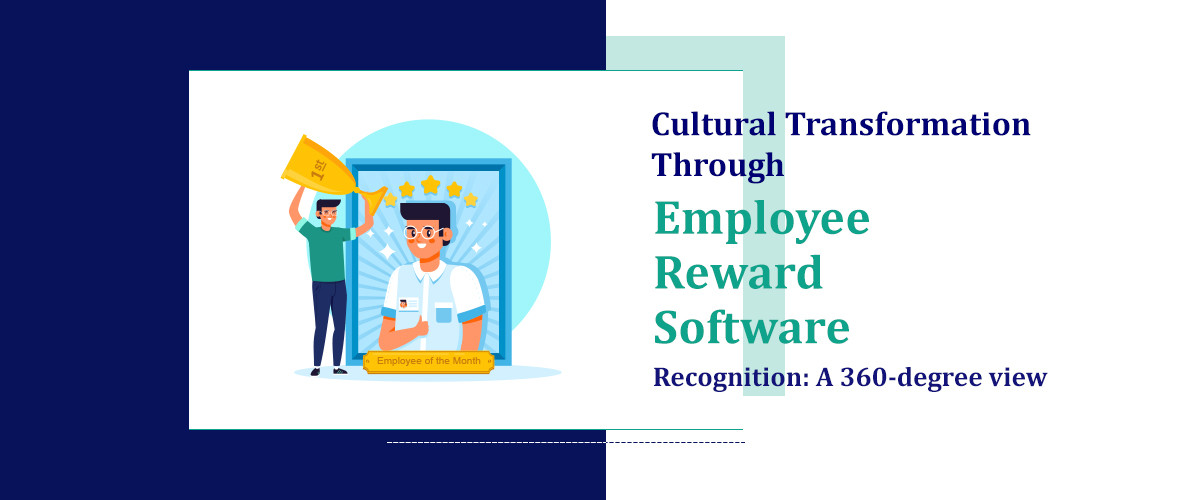What we'll cover
Any construction project's success depends on the effective management of construction materials. Every stage of the material management process, from procurement to delivery, has an effect on project timelines, costs, and productivity as a whole. In today's fast-paced construction industry, optimizing material transportation routes is essential to streamline operations and maximize efficiency.
Route planning software is a game-changer in this situation. By utilizing advanced algorithms and real-time data, route planning software offers a solution to optimize transportation routes, minimize delivery times, and reduce operational costs for construction companies. Integrating route planning software with driving simulation capabilities into construction material management processes can revolutionize how materials are sourced, transported, and delivered to job sites.
In this blog post, we will delve into the importance of efficient construction material management and explore how integrating route mapping software for field service businesses can enhance operational efficiency. So, let's get started.
Challenges in Construction Material Management
The success of a project depends on effective construction material management, but several obstacles can cause operations to be disrupted and have an effect on the results. Here are some of them:
-
Overstocking or stockouts can occur when inventory levels are not accurately tracked and maintained, preventing efficient material flow.
-
Unanticipated transportation delays because of traffic, climate, or strategic issues can upset plans, causing project difficulties.
-
Ineffective correspondence between project partners can prompt misplacement or incorrect delivery of materials, affecting construction progress.
-
Limited on-site storage space can pose challenges in storing and organizing construction materials effectively, causing blockage and shortcomings.
-
Improper handling or the absence of safety efforts can lead to material waste or burglary, influencing project expenses and timelines.
-
Adhering to regulatory requirements for hazardous materials or environmental standards adds complexity to material management processes, requiring careful oversight.
Addressing these challenges is crucial for optimizing construction material management, guaranteeing smoother tasks, and limiting project delays and budget overruns. One effective strategy to overcoming these challenges is through multiple stop route optimization. Utilizing such methods ensures that the shortest and most efficient routes are planned, similar to how Google Maps can be used for multiple destinations. This significantly reduces delays and operational costs while enhancing project efficiency.
Integration of Route Planning Software
Project logistics are transformed, efficiency is improved, and costs are reduced when route planning software is incorporated into construction material management systems.
The ability of integration to centralize data and streamline processes is what makes it so important. By seamlessly integrating route planning software with existing construction material management systems, companies gain real-time visibility into material movements and delivery schedules.
Using traffic conditions and delivery priorities as factors, this integration enables automated route optimization, resulting in timely and cost-effective deliveries. At last, this enhances project timetables and limits disturbances, leading to improved project outcomes and customer satisfaction.
Thus, incorporating route planning software into construction material management systems is a strategic move that enhances operational efficiency and project success through streamlined transportation processes and optimized delivery routes.
Best Practices for Implementing Route Planning Software
A smart move to improve the efficiency of construction material management is to use route planning software. To guarantee effective integration, it's fundamental to follow best practices tailored to your project's needs.
Effective integration of route planning software involves several key considerations. First, evaluate your current workflows to find areas where route planning software can improve efficiency. The next step is to carefully evaluate the various software options to find the one that best suits the requirements of your project.
The following are six best practices to guide you through the implementation process:
-
Comprehensive Training: Give your team thorough instruction on how to use the route planning software. Ensure that they comprehend its capabilities and features to its fullest extent.
-
Data Integration: Integrate route planning software with your existing systems to ensure seamless data flow. This incorporates syncing with inventory management systems, GPS trackers, and other relevant tools.
-
Customization: Tailor the software to meet your specific project needs. Customize routes, delivery schedules, and other settings to optimize efficiency and meet project requirements.
-
Regular Updates: Stay updated with the latest software upgrades and features. Regularly update the software to benefit from improvements and enhancements that can further optimize your routes.
-
Feedback Loop: Establish a feedback loop to gather insights from users about their experiences with the software. Use this feedback to make continuous improvements and adjustments as needed.
-
Performance Monitoring: Measure the performance of the route planning software with metrics, leveraging fuel management systems to track key indicators such as delivery times, fuel consumption, and cost savings to evaluate the software's impact on your operations.
By following these best practices, you can ensure a smooth and successful implementation of route planning software. This will ultimately lead to enhanced efficiency and productivity in construction material management.
Benefits of Using Route Planning Software in Construction Projects
There are numerous benefits to incorporating route planning software into construction projects, including streamlined logistics and improved material transportation. Let's explore how this innovative tool revolutionizes construction material management.
-
Route planning software streamlines delivery routes, lessening travel time and fuel utilization and, at last enhancing overall operational efficiency.
-
By limiting fuel usage and vehicle mileage, construction companies can altogether lessen transportation costs.
-
Streamlined routes and minimized delivery times enable construction crews to focus more on project tasks, boosting productivity on-site.
-
Route planning software offers real-time tracking capabilities, providing construction managers with visibility into material delivery progress and potential delays.
-
Optimized routes contribute to safer transportation practices, reducing the risk of accidents and ensuring the secure delivery of construction materials.
-
Construction projects can reduce their impact on the environment by optimizing their routes to reduce emissions and fuel consumption.
As a result, incorporating route planning software, along with business communication software, is essential to driving project success and modernizing construction material management processes.
Conclusion
In conclusion, the integration of route planning software marks a significant advancement in the realm of construction material management. Construction companies have the potential to achieve levels of productivity, efficiency, and cost savings that have never been seen before by making use of technology to optimize transportation routes.
With real-time tracking capabilities and enhanced safety measures, route planning software not only streamlines logistical operations but also guarantees the secure and timely delivery of materials to job sites. As the construction industry continues to evolve, embracing innovative solutions like route planning software is fundamental for remaining cutthroat and satisfying the needs of modern construction projects.
By adopting this technology, construction companies can prepare for smoother operations, improved project outcomes, and sustainable growth in the dynamic construction landscape.




